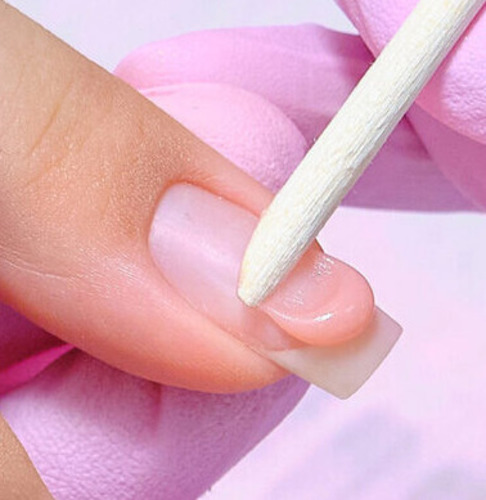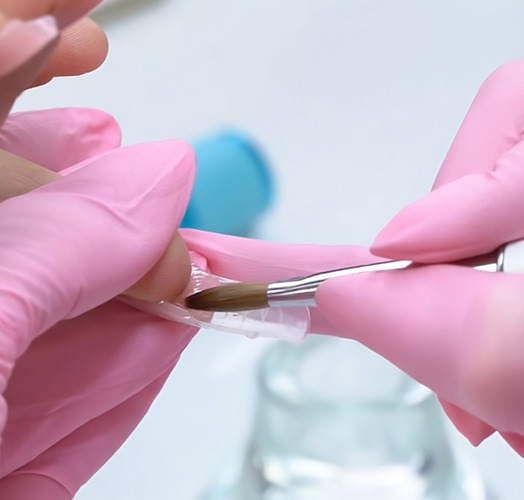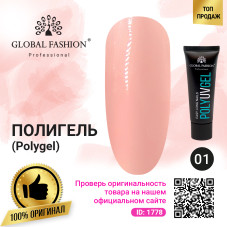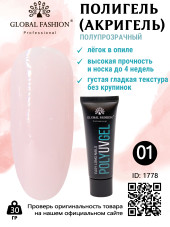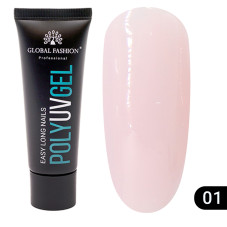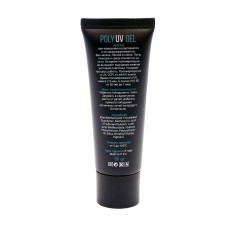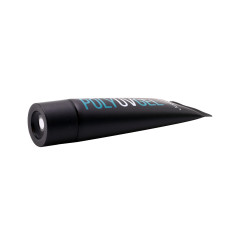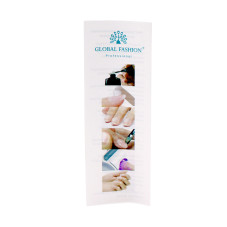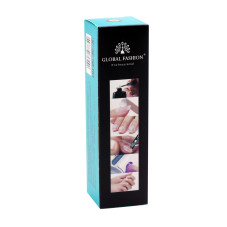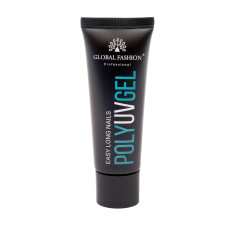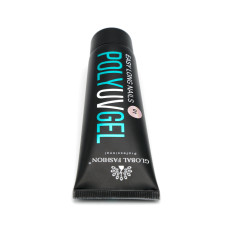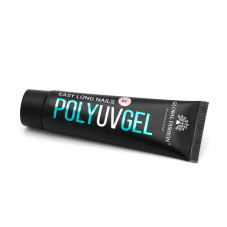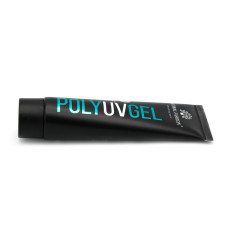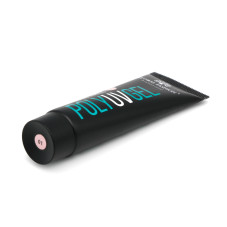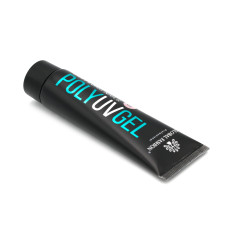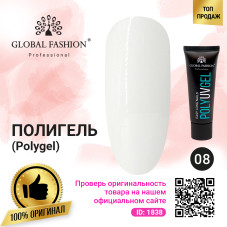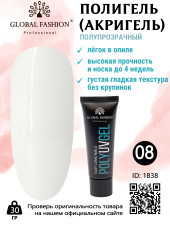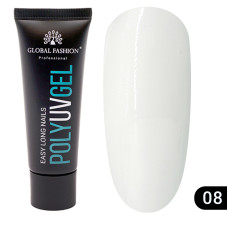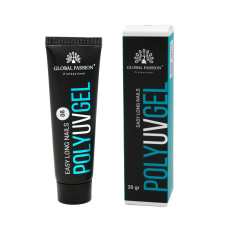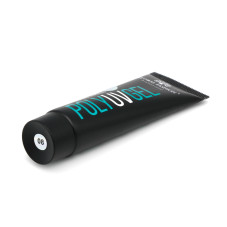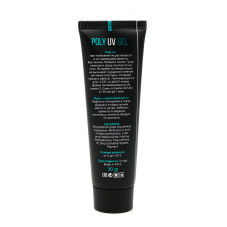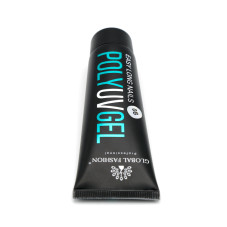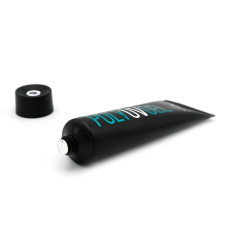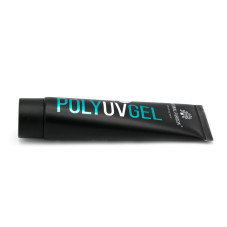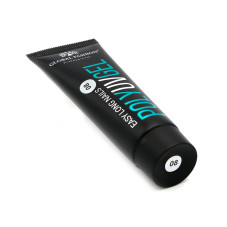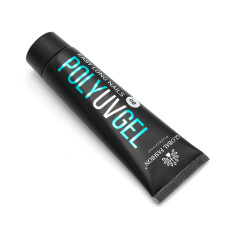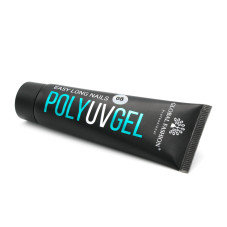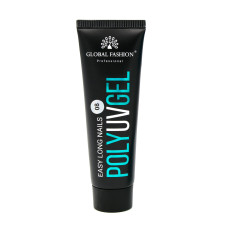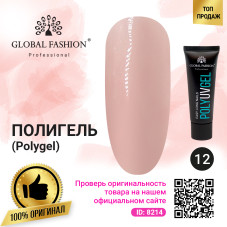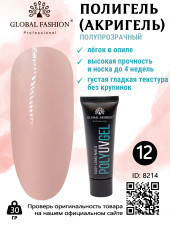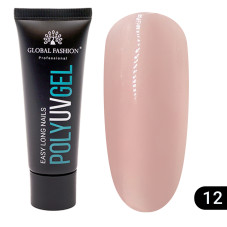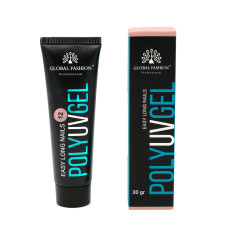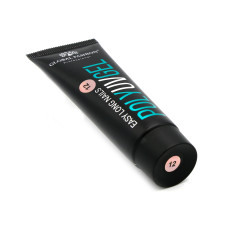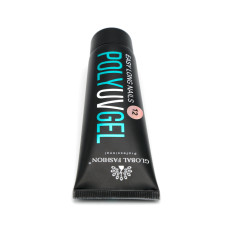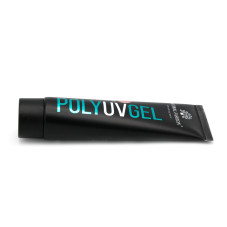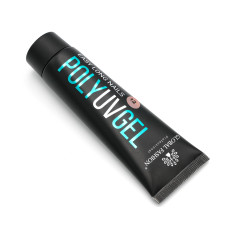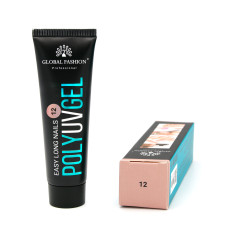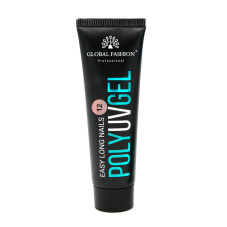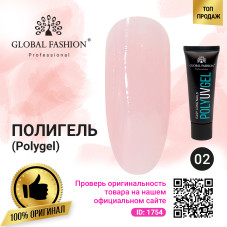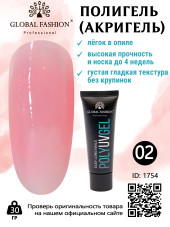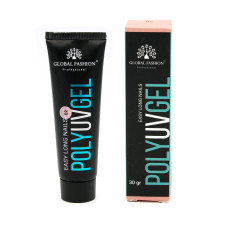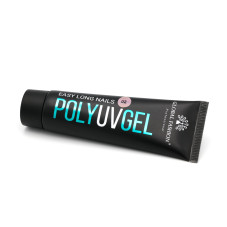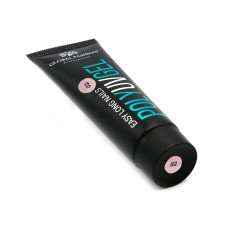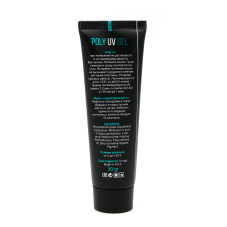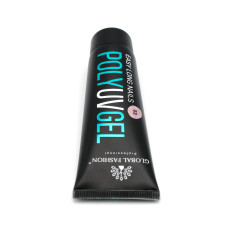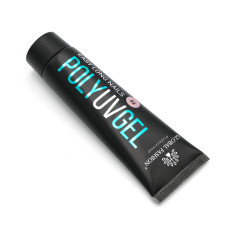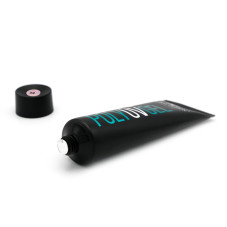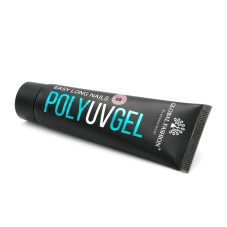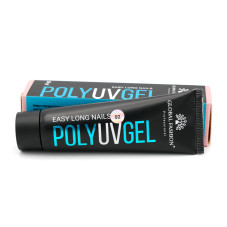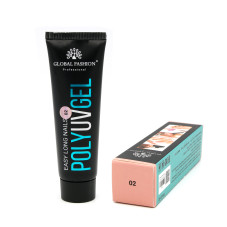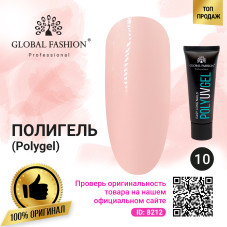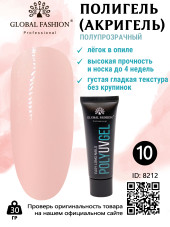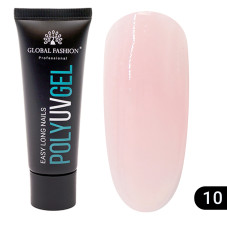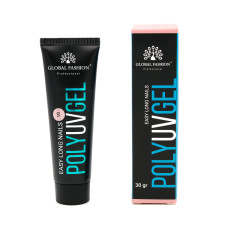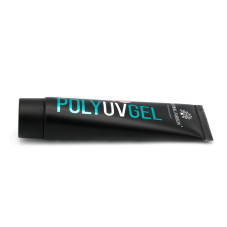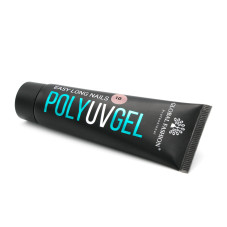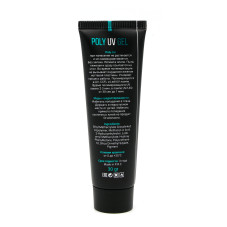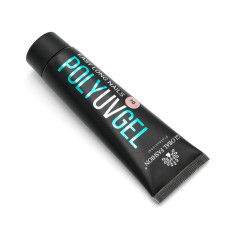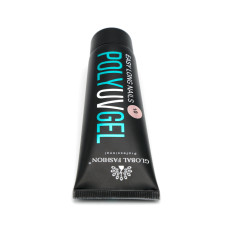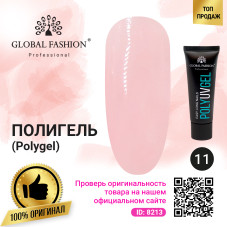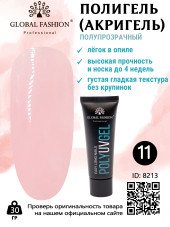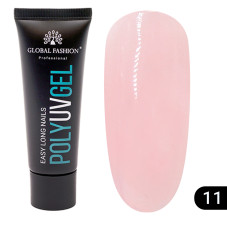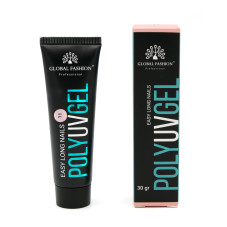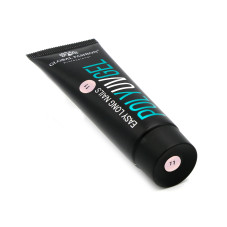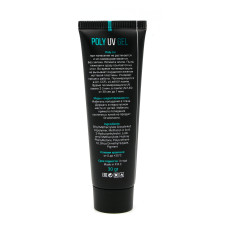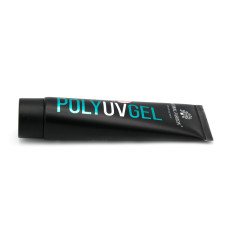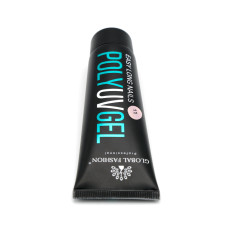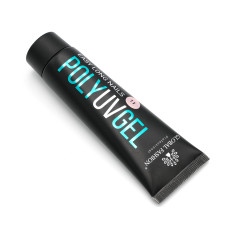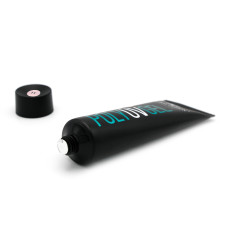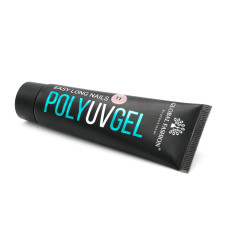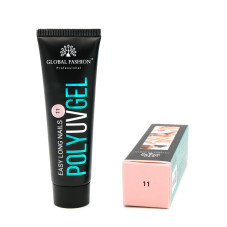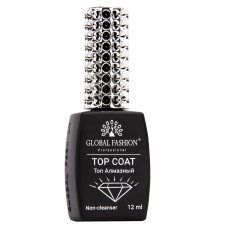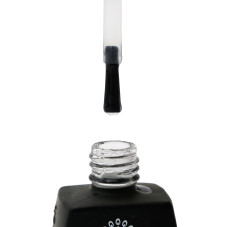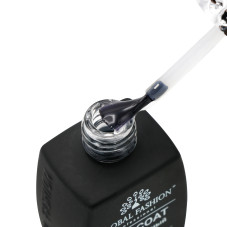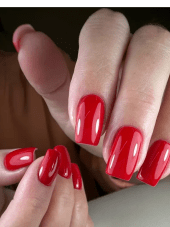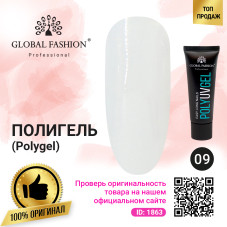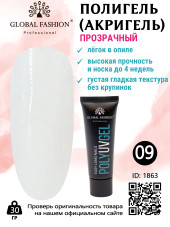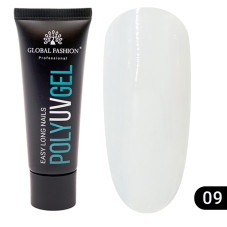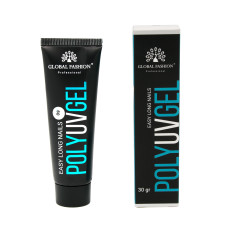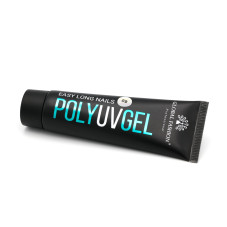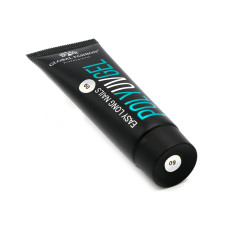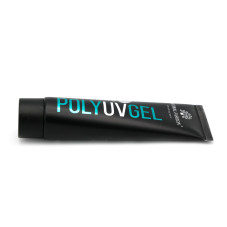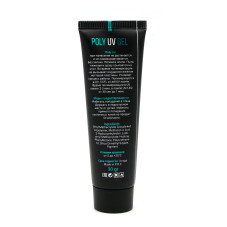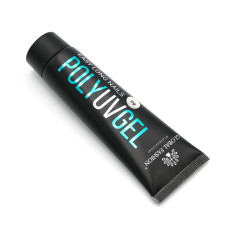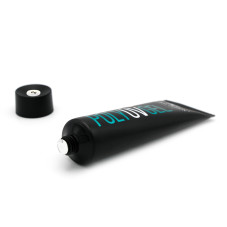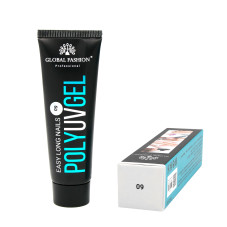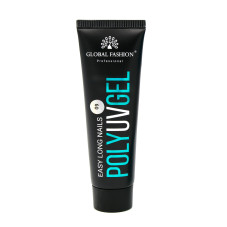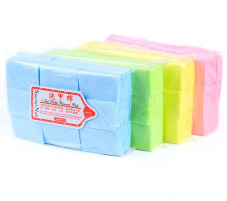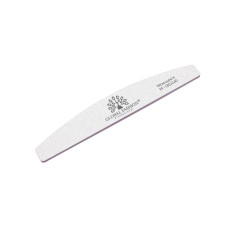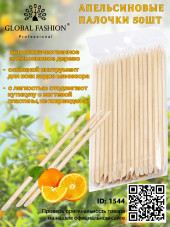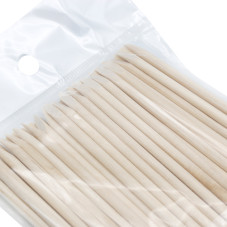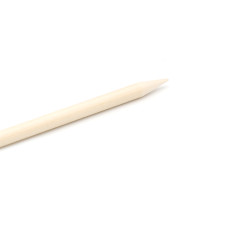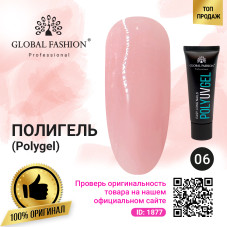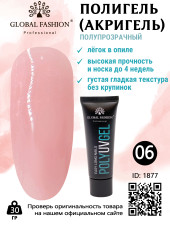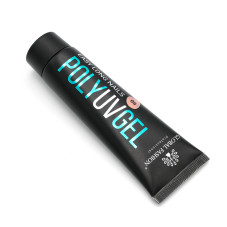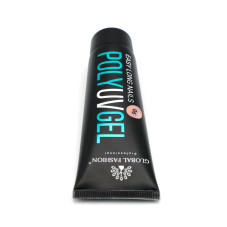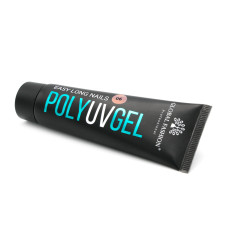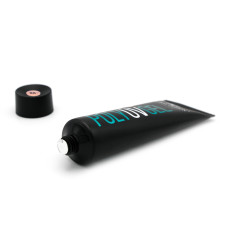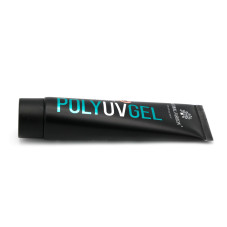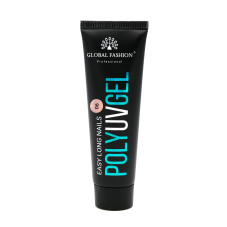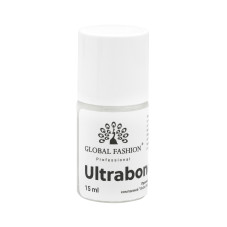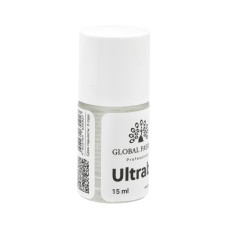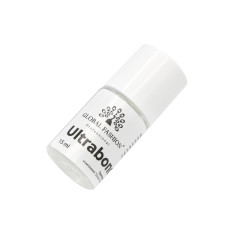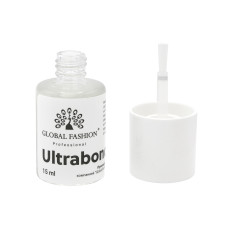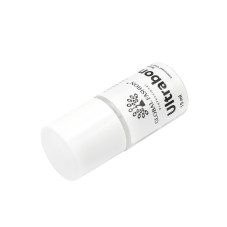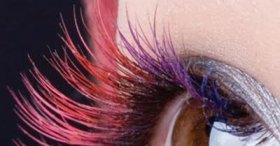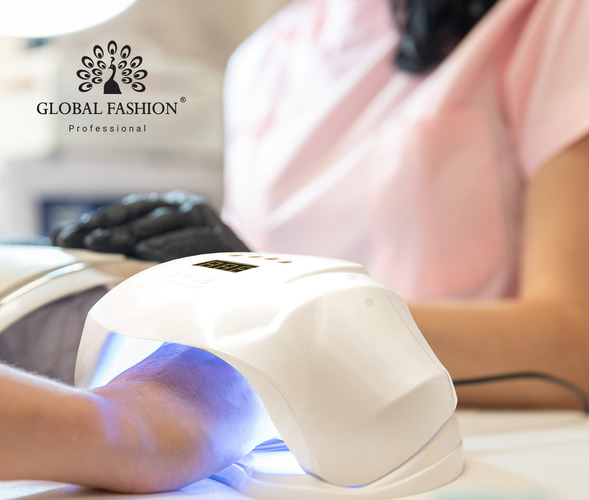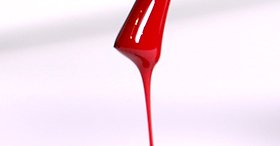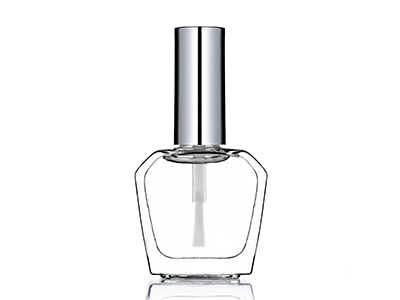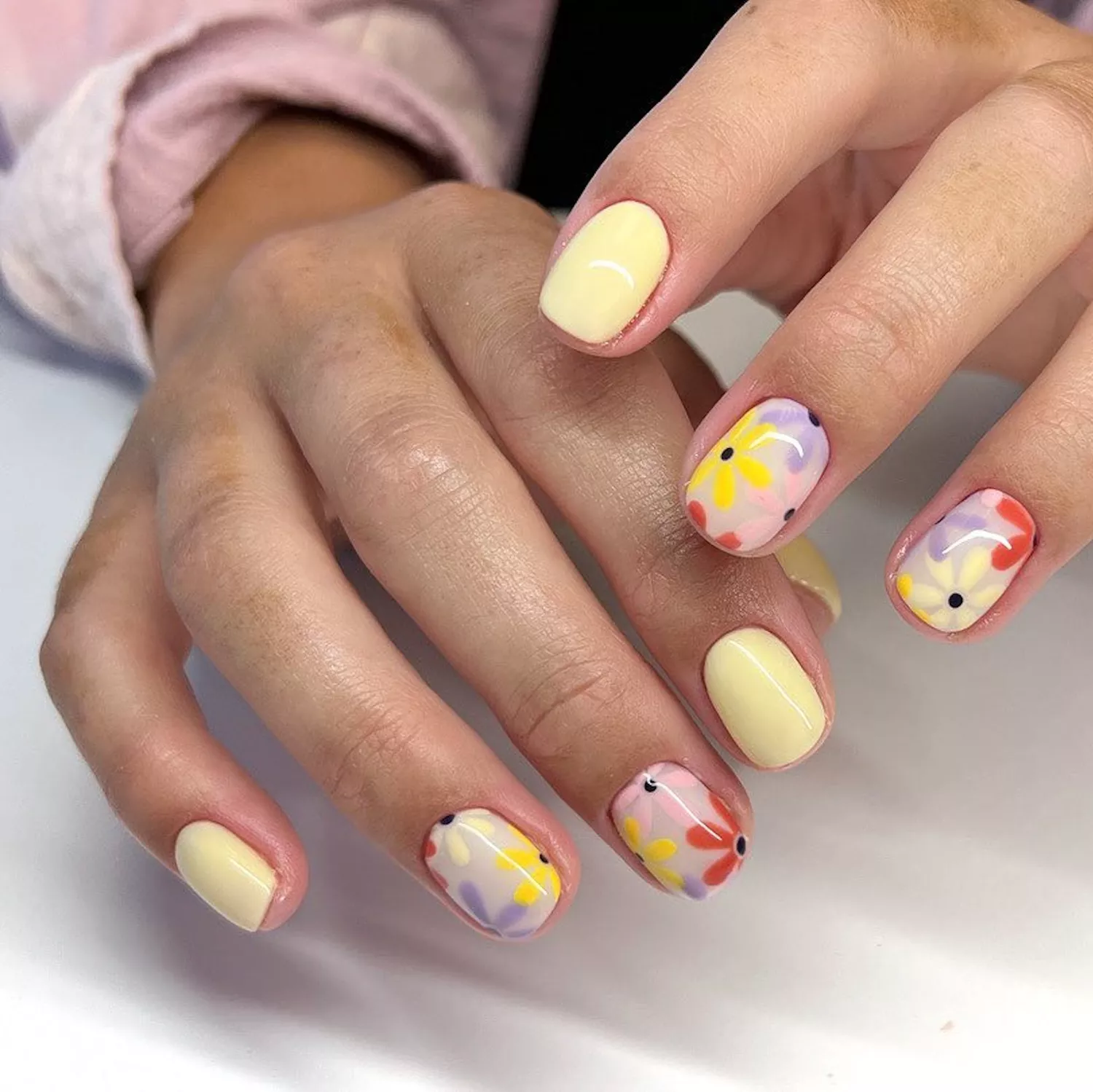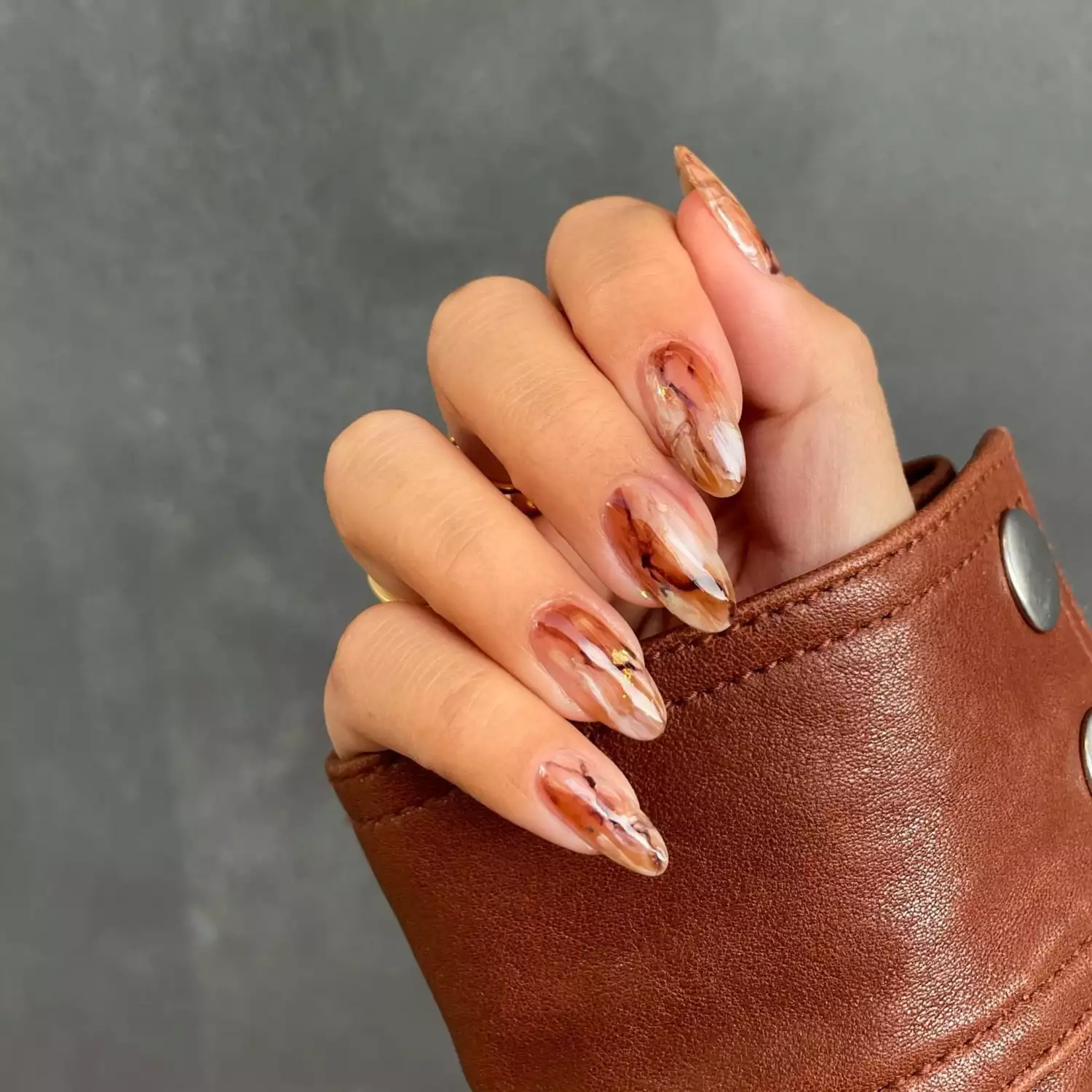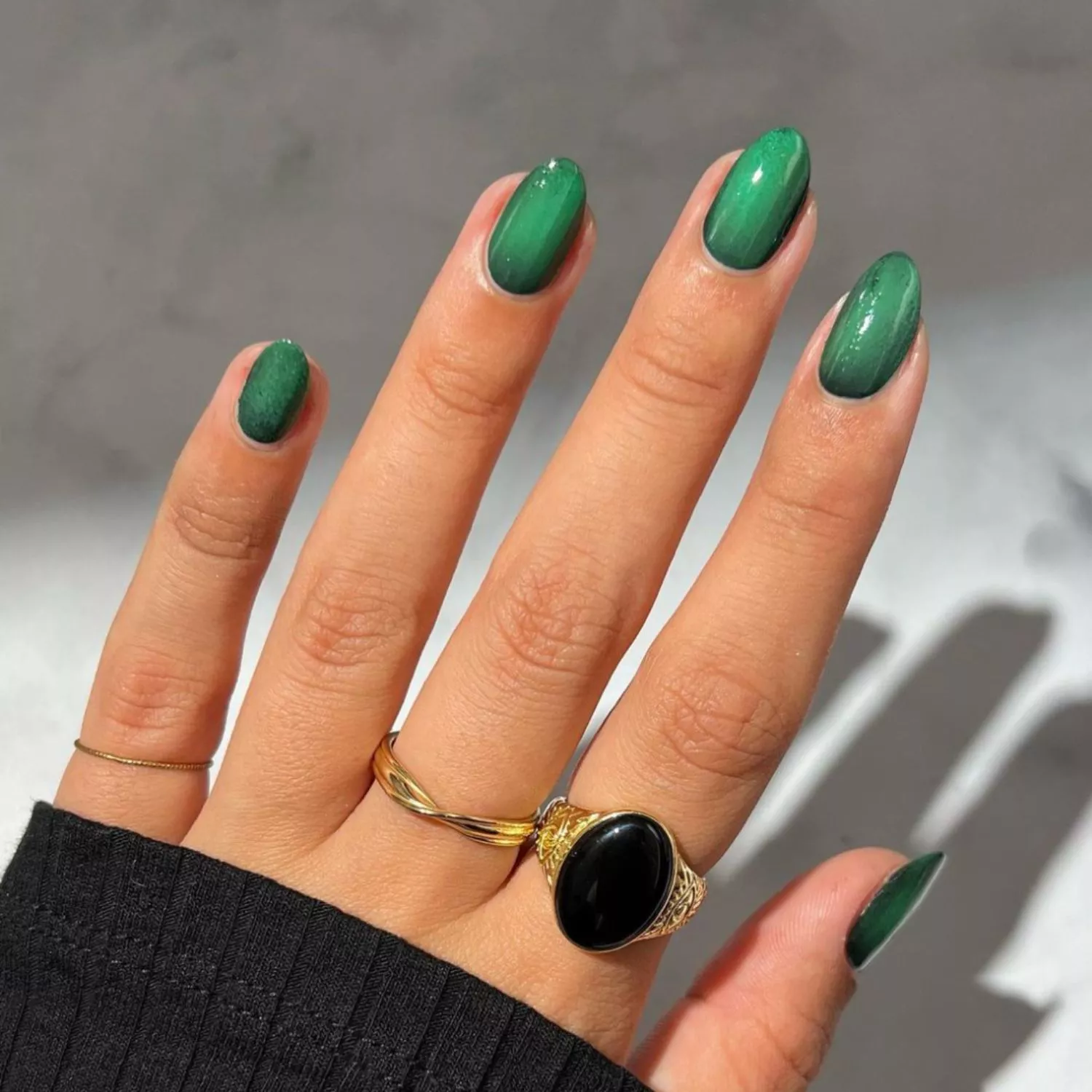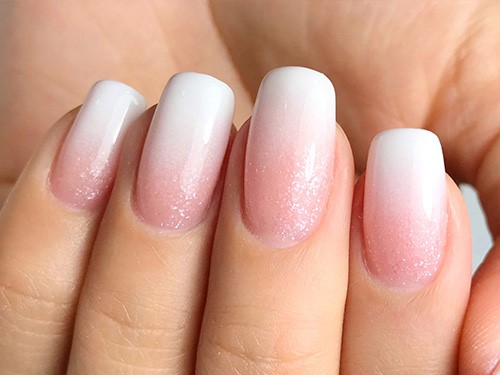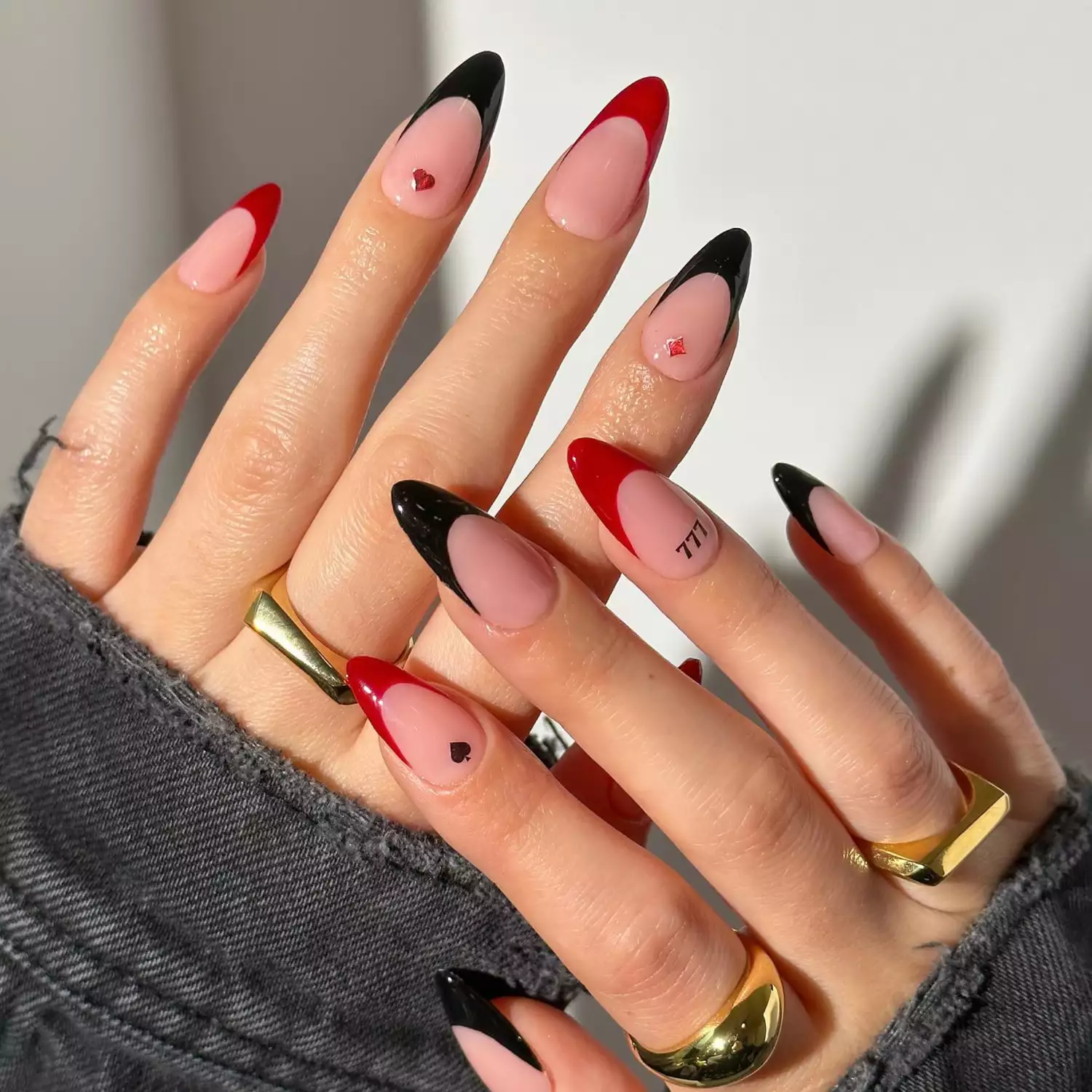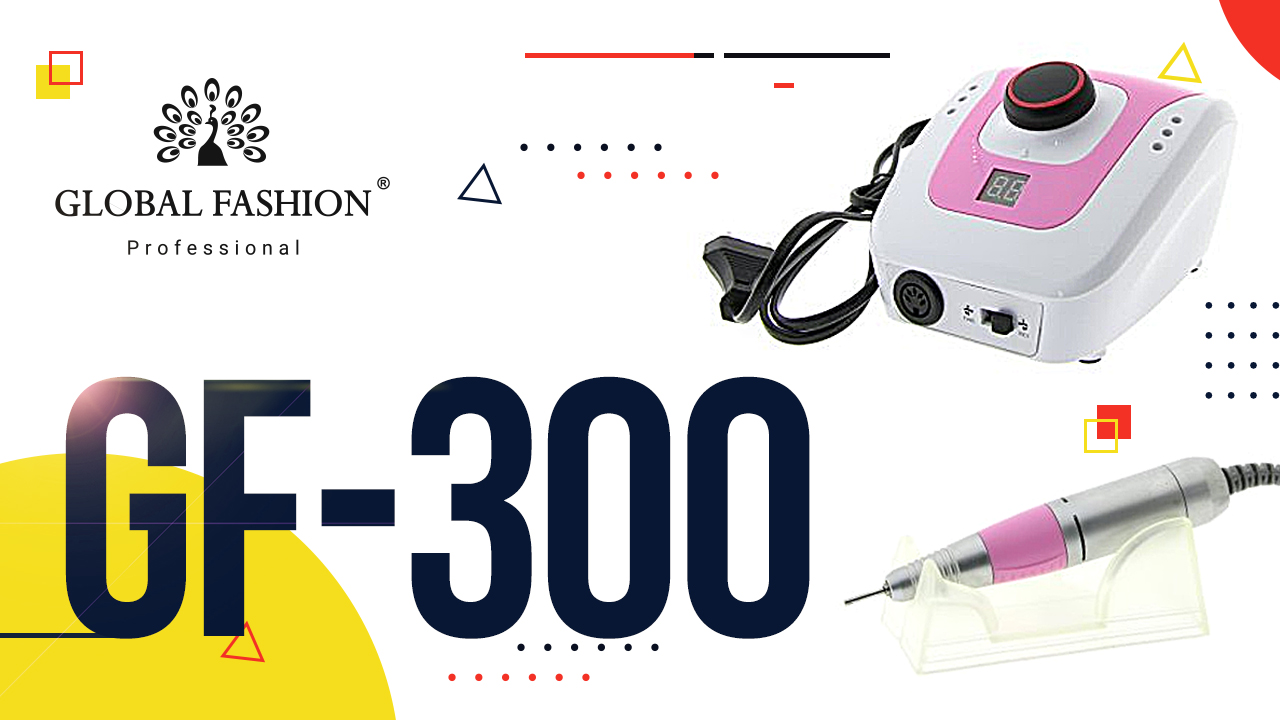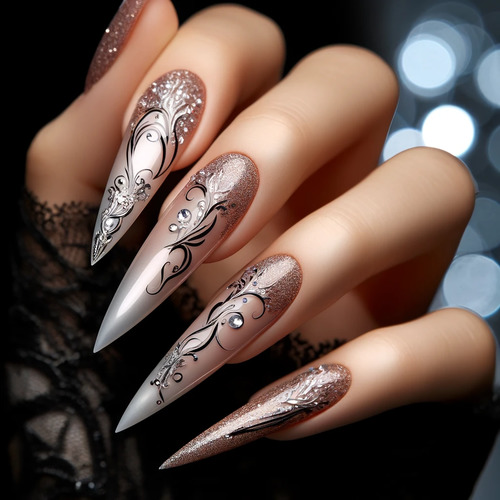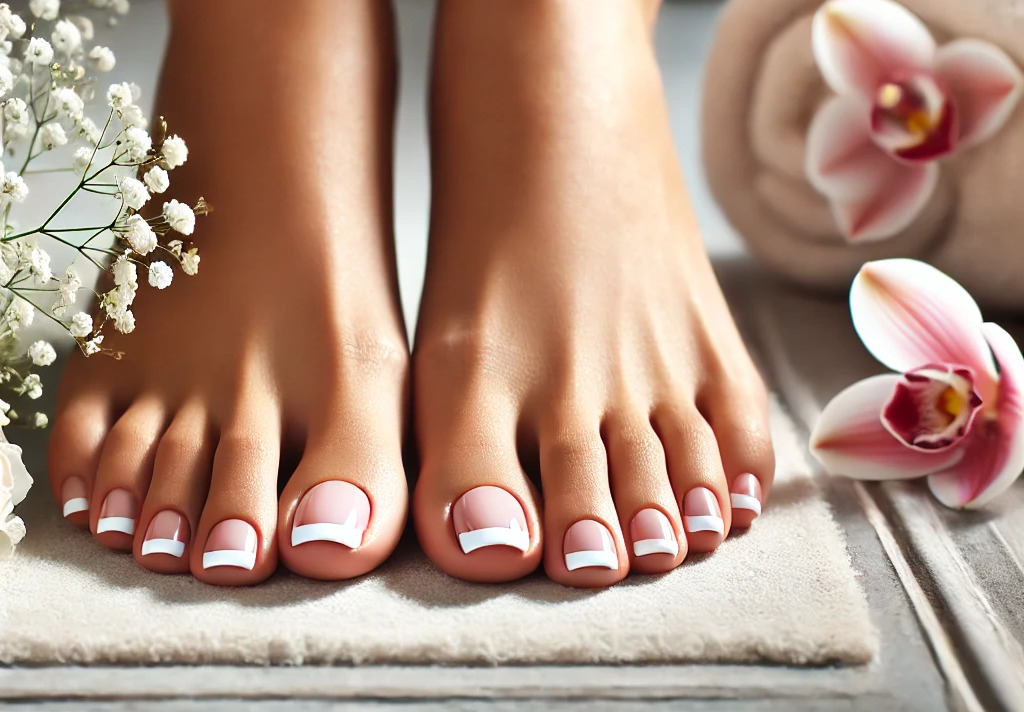7 ошибок в работе с полигелем при наращивании ногтей и как их избежать
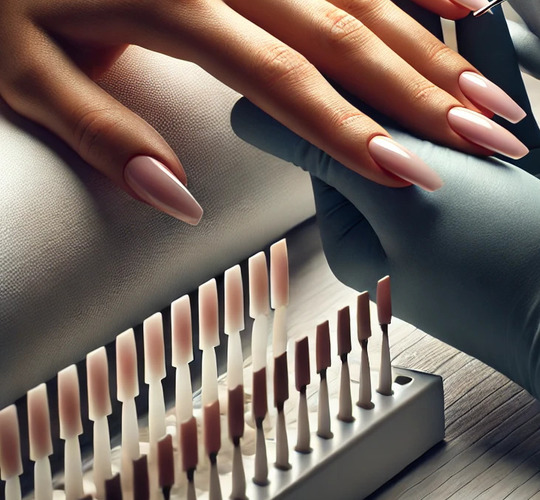
Мастера маникюра называют полигель по-разному: акрилатик, акригель, комбигель. Однако все это один и тот же материал, представляющий собой гибридный состав, объединяющий свойства акрила и геля. Полигель сочетает в себе преимущества наращивания акрилом и покрытия гелем.
По сравнению с гелем, полигель сохнет значительно быстрее, что делает его предпочтительным для опытных мастеров. Этот материал обладает эластичностью и плотной консистенцией, что облегчает его использование. Важно отметить, что полигель не сохнет на воздухе, а полимеризуется под UV или LED лампой мощностью 36 Вт или выше.
Как новички, так и опытные мастера могут допускать ошибки при работе с полигелем. Вот основные ошибки и правильные техники его использования:
1. Неправильная подготовка ногтей
Чтобы гарантировать надежное сцепление всех материалов с ногтевой пластиной и предотвратить отслоение синтетического материала уже через несколько дней, важно тщательно соблюдать все этапы подготовки ногтей.
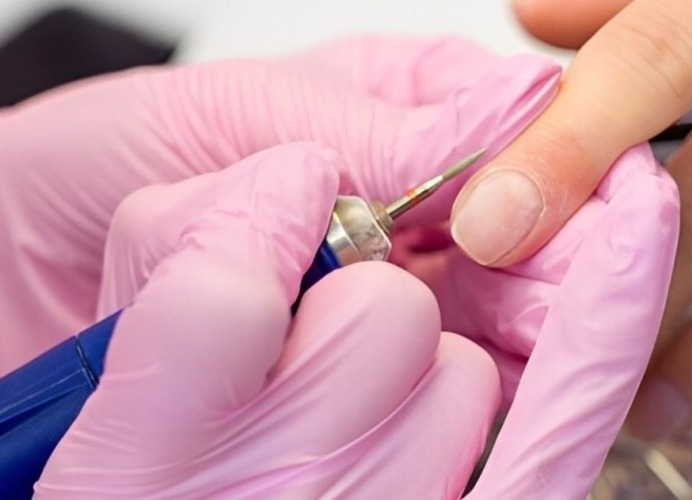
- Правильное удаление старого материала;
- Шлифовка остатков материала с поверхности ногтей и их формы – используйте пилочку, подходящую для работы с натуральными ногтями, например, пилочку с абразивностью 180 грит;
- Удаление кутикулы;
- Нанесение подготовительных средств: дегидратор и праймер.
Не используйте баф для шлифовки поверхности ногтей, так как это придаст блеск и не обеспечит достаточного сцепления между ногтевой пластиной и материалами.
Проверьте инструкцию на упаковке полигеля, чтобы узнать, требует ли продукт нанесения базового слоя для обеспечения надежного сцепления. Некоторые полигели не требуют предварительного нанесения базы.
2. Применение чрезмерного или недостаточного количества материала
The material should be ½ the size of the nail plate. Using too much or too little material can affect the strength of the nail and lead to peeling.
3. Too much liquid
To properly apply and distribute the synthetic material on the nail surface, it is important to use a cleanser or a special product. Avoid excessive amounts of liquid on the brush to prevent peeling in the cuticle area.
The brush should be slightly damp and not stick to the material.
4. Incorrect nail architecture during extension
If polygel is applied only to the free edge of the nail, this can result in a flat nail without an apex, where the free edge will be overloaded with material. As the nail grows, the material at the tip will create additional pressure on the nail plate, which can lead to cracks in stress areas.
5. Excess or lack of material in the cuticle area
In the cuticle area, the material should be applied in a thin layer, holding the brush at a 45° angle and making short, gentle movements. Excessive amounts of material in this area can lead to peeling of the coating soon after the procedure.
6. The material on the free edge is applied in too thin a layer
Although polygel has elastic properties, it is a hard material, so the thickness of the coating on the free edge and side walls of the nail should be at least 0.5 mm. If it is necessary to correct the architecture of nails with a concave edge (tending to grow downwards), the thickness of the material at the end can be increased.
If the layer of material is transparent and the natural nail is visible, this may indicate that the polygel has not been applied sufficiently. This leads to the risk of delamination at the tip of the nail.
7. Material flow
Sometimes the material may leak down the sides or onto the cuticle, but this is not a problem if you react quickly.
To fix the situation, carefully remove excess material with an orange stick or brush.
Polygel for nail extensions
Дата: 20.08.2024 14:10
Просмотров: 1644
7717 купили
ID: 3678
196 ₴
3665 купили
ID: 3688
303 ₴
2513 купили
ID: 3650
100 ₴
1026 купили
ID: 12035
88 ₴
